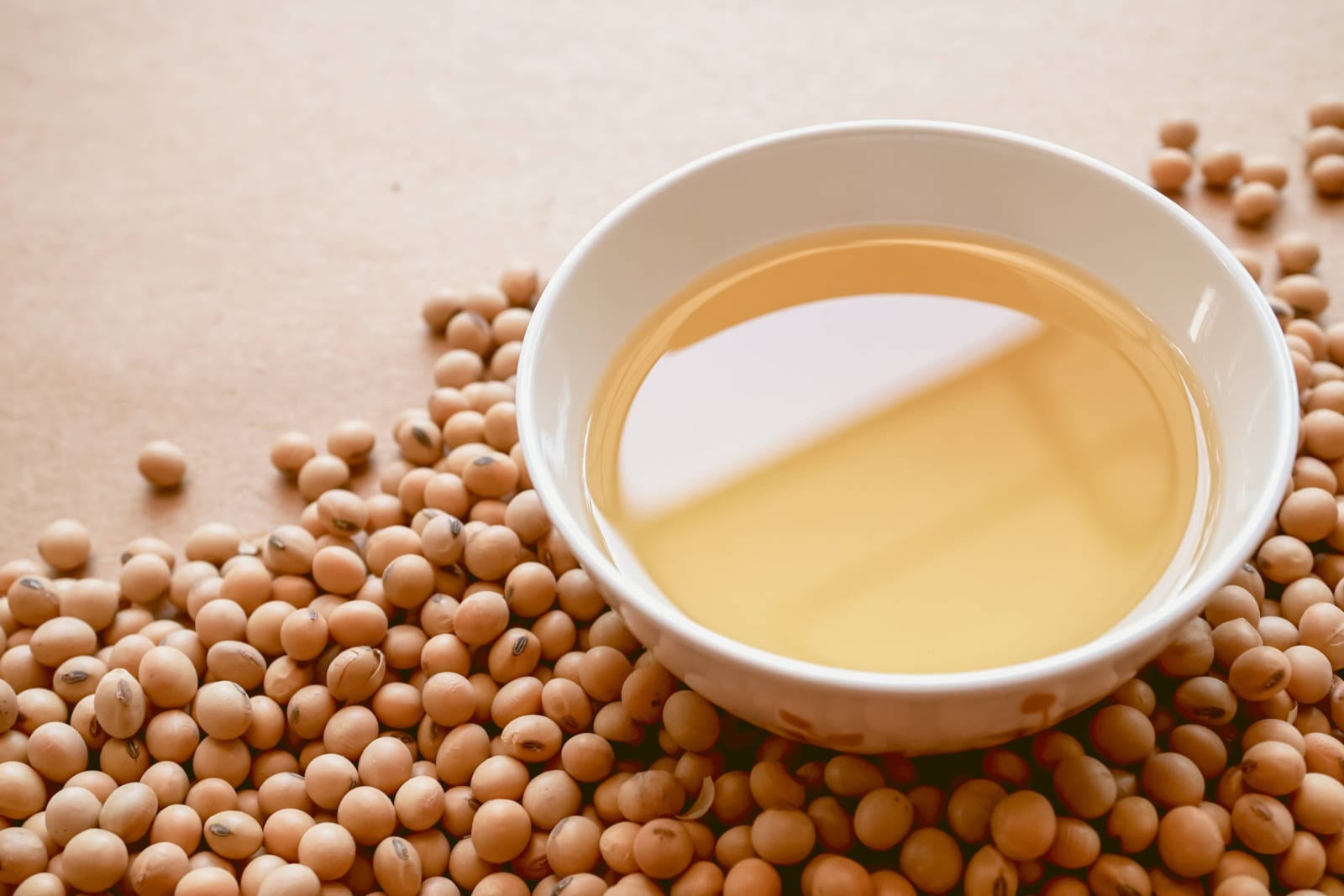Yield winners in Delaware compare experience with other high oleic farmers.
In Delaware, high yield and high oleic soybeans are synonymous. State yield winners in full-season and double-crop soybeans the last two years grew high oleic varieties. Despite tough weather conditions throughout the growing season — dry or wet fields — high oleic soybeans produced the high yields that propelled these farmers onto winning this competition.
They’ve been very good drought-tolerant beans so we have been happy on dry land, especially, with this year’s crop,” says 2016 double-crop yield winner Kevin Evans, a Bridgeville, Delaware soybean farmer.
That success extends beyond Delaware. Since their introduction in 2013, farmers across the high oleic growing region — from Virginia to Nebraska and 10 states in between — have been pleased with the overall performance of their high oleic variety choices.
“These beans make more money than conventional beans: It’s that simple,” says soy checkoff farmer-leader William Layton from Vienna, Maryland. “They’re easy to take care of, and you get paid more for it.”
“If my neighbor is considering making the choice to grow high oleic soybeans, the first thing I do is reassure them that the transition between those beans and commodity ones is fairly simple,” says soy checkoff past-chair John Motter, who grows corn, wheat and soybeans in Jenera, Ohio. “On my farm, the yields are very competitive in comparison to growing regular soybeans.”
On top of that, high oleic soybean contracts come with a processor-paid premium, which was a draw for Mark Collins, who won the Delaware soybean yield contest in 2017.
With the average conventional soybean yielding 50 bushels per acre, the high oleic soybeans Collins grew produced exceptionally higher yields. “If I’m getting 80 bushels or even 90 bushels to the acre from high oleic varieties, and this year they paid me 50 cents more a bushel, that’s $45 more per acre for comparable cost,” says Collins, who grows soybeans and watermelons in Harrington, Delaware.
Elevators offer high oleic premiums because of the profit they can make by selling the oil. As an oil, high oleic is free of trans fat and lower in saturated fat. It’s also more stable, offering a longer fry life and neutral taste profile. This opens multiple new markets in the ever-changing food industry. The high-quality oil is in demand in the food industry, which means increasing profit potential for farmers growing high oleic.
As harvest time approaches and farmers begin thinking about seed for next year, Evans encourages them to explore their options. “Take a strong look at high oleic soybeans. Think about the long-term advantages more than just the short term.”
Growing high oleic soybeans is an opportunity to make money today, while investing in the future of the path of soybeans.
“We can do anything with soybeans, from burning it in our fuels to heating homes, from cooking our fried foods to making lubricants, even making tires. We have so many opportunities beyond just feeding animals when we grow soybeans. It’s really a remarkable crop,” says Motter.
To learn more about high oleic soybeans as well as the abundant uses for them visit www.soyinnovation.com.
USB’s 73 farmer-directors work on behalf of all U.S. soybean farmers to achieve maximum value for their soy checkoff investments. These volunteers invest and leverage checkoff funds in programs and partnerships to drive soybean innovation beyond the bushel and increase preference for U.S. soy. That preference is based on U.S. soybean meal and oil quality and the sustainability of U.S. soybean farmers. As stipulated in the federal Soybean Promotion, Research and Consumer Information Act, the USDA Agricultural Marketing Service has oversight responsibilities for USB and the soy checkoff.
For more information on the United Soybean Board, visit www.unitedsoybean.org
Visit us on Facebook: www.facebook.com/
Follow us on Twitter: www.twitter.com/unitedsoy
View our YouTube channel: www.youtube.com/user/
